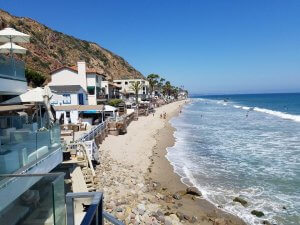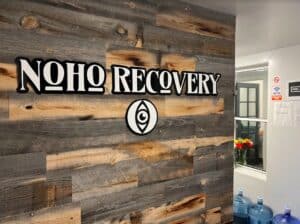Stimulant Addiction And Abuse
Understanding Stimulants
Stimulants work by acting on the central nervous system (CNS) to increase alertness and cognitive function. Stimulants can be prescription medications or illicit substances, such as Cocaine. Stimulants may be taken orally, snorted, or injected. If you have a Stimulant addiction, seek help today.
This class of drugs is considered CNS Stimulants. They work by increasing the amounts of the neurotransmitters dopamine and norepinephrine in the brain. The increase of these chemicals in the brain improves concentration and decreases the fatigue common in individuals who suffer from ADHD. However, Stimulants can also cause severe negative effects and addiction.
Online Addiction Counseling
Get professional help from an online addiction and mental health counselor from BetterHelp.
- Access to Therapy 24/7
- Easy Online Scheduling
- 20,000+ Licensed Therapists
Paid Advertising. We may receive advertising fees if you follow links to the BetterHelp site.
Prescription Stimulant Brands
The most common prescription Stimulants are Amphetamines, Methylphenidates, and Dextroamphetamines.
Prescription Stimulants are used to treat attention deficit hyperactivity disorder (ADHD), narcolepsy, and sometimes obesity. These medications increase attention, alertness, energy, and concentration.
Although there is a molecular distinction between Amphetamines (such as Adderall) and Methylphenidates (such as Ritalin), effects of abusing these Stimulants are essentially the same. Patients are prescribed either Amphetamines or Methylphenidates depending on the potency and duration needed. Some of the most well-known prescription Stimulants include:
-
Adderall
Approved in 1960, Adderall is currently the most popular ADHD treatment drug and the most commonly prescribed Amphetamine in the United States.
-
Dexedrine
Dexedrine, also called Dextroamphetamine, it is a potent CNS Stimulant and Amphetamine. On the market for American consumers since 1976, Dexedrine is most commonly used to treat ADHD. The drug was used by military air, tank, and special forces during fatigue-inducing missions such as night-time bombing missions or extended combat operations from World War II through the Gulf War.
-
Ritalin
This drug was approved for the treatment of hyperactive children in 1955. Ritalin differs from Dexedrine and Adderall because it is a Methylphenidate. It acts in a manner similar to Amphetamines; however, it is milder than Amphetamine-based drugs.
-
Concerta
Approved in 2000, Concerta is a relatively new drug used to treat ADHD. Concerta is an extended-release version of Ritalin.
-
Desoxyn
Desoxyn is a prescription Methamphetamine. Introduced in 1947, it was the first medication prescribed for obesity. It is also used to treat ADHD.
-
Ephedrine
Ephedrine is most commonly used as an appetite Suppressant and Bronchodilator for those with asthma, but has effects similar to other Stimulants. Ephedrine is also used for temporary relief of shortness of breath, chest tightness, and wheezing due to bronchial asthma. It is also used to prevent low blood pressure and treat obesity. It is often available over the counter and is commonly used as an ingredient in clandestine Meth labs.
-
Illicit Stimulants
A description of the Stimulant class wouldn’t be complete without mentioning Cocaine, Crack, and Crystal Meth. These drugs all produce effects similar to those of prescription Stimulants. But while prescription Stimulants are designed as time-release drugs, illicit Stimulants produce a shorter and more intense high.
Stimulant Effects And Abuse
Prescription Stimulants are classified as Schedule II drugs under the Controlled Substances Act because they have a high potential for abuse and addiction. Approximately 900,000 Americans abuse prescription Stimulants every month.
Many people abuse prescription Stimulants to enhance performance rather than to get high. In fact, athletes and students have a long history of abusing prescription Stimulants to outperform their peers.
The effects of Stimulants include:
- Euphoria
- Decreased appetite
- Talkativeness
- Energy
- Increased concentration
- Difficulty sleeping
- Nervousness
- Increased pulse and blood pressure
Stimulants produce an overabundance of dopamine, the pleasure-inducing chemical in the brain. After continued abuse of Stimulants, the brain no longer produces normal amounts of dopamine; it’s been conditioned to receive dopamine from taking the drug. When the individual stops taking the medication, they experience withdrawal symptoms. This creates physical dependency on the drug and requires the individual to continue using the drug in order to feel normal. Over time, this can develop into an addiction.
Looking for a place to start?
Join the thousands of people that have called a treatment provider for rehab information.
Free and confidential
Available 24/7
Access to professional treatment
Addiction To Stimulants
For those addicted to prescription or illicit Stimulants, these substances are the main priority in their life. An addicted person often ignores negative consequences, whether personal or health-related. Stimulants flood the brain with the pleasure-inducing chemical dopamine, which is why many people use them repeatedly. Stimulant addiction can cause immediate and long-term effects on a person’s health.
Understanding the symptoms of a Stimulant addiction can help determine if you or someone you know has a problem. There are 11 criteria for an addiction as outlined by the Diagnostic and Statistical Manual of Mental Disorders. Learn about the symptoms of addiction.

Break free from addiction.
You have options. Talk about them with a treatment provider today.
Stimulant Abuse Statistics
The rate of emergency room visits for Stimulants has steadily increased over the years; there were 2,303 such incidents in 2004 and 17,272 in 2011.
1.2
million
In 2012, there were an estimated 1.2 million nonmedical users (aged 12 and older) of prescription Stimulants in the United States.
38
percent
In 2011, alcohol was present in 38 percent of emergency room visits that involved Stimulants.
94K
in treatment
In 2020, 94,000 people aged 18+ received treatment for a stimulant addiction.
Common Questions About Rehab
Getting Help For Your Stimulant Addiction
If you have an addiction to Stimulants and are ready to get help, you have made the most important step toward recovery. Beginning the recovery process can be scary, but there are countless people available to provide you with support. You aren’t alone in your journey — find help today.
Featured Centers Offering Treatment for Stimulant Addiction


Published:
Author
Jeffrey Juergens

-
Jeffrey Juergens earned his Bachelor’s and Juris Doctor from the University of Florida. Jeffrey’s desire to help others led him to focus on economic and social development and policy making. After graduation, he decided to pursue his passion of writing and editing. Jeffrey’s mission is to educate and inform the public on addiction issues and help those in need of treatment find the best option for them.
- More from Jeffrey Juergens
Reviewed by Certified Addiction Professional:
Theresa Parisi

Theresa Parisi is a Certified Addiction Professional (CAP), Certified Behavioral Health Case Manager (CBHCM), and International Certified Alcohol and Drug Counselor (ICADC) with over 12 years of experience in the addiction treatment field.
- More from Theresa Parisi
Sources


Recovery Starts Today
Call Now For Addiction Support



Newport Academy – Teen Rehab Center
Port Townsend , WA

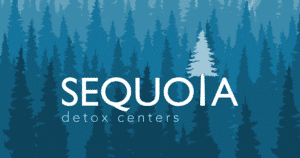
Sequoia Detox Centers
Spokane Valley , WA

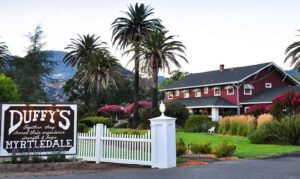
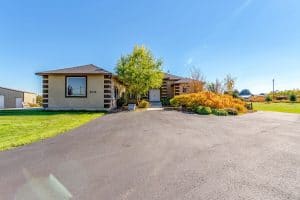
Moonlight Mountain Recovery – Nampa
Nampa , ID
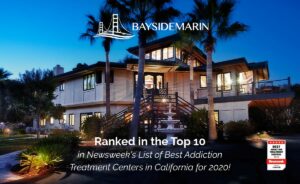
Bayside Marin Treatment Center
San Rafael , CA

Newport Institute for Young Adults
Sunol , CA

The Camp Recovery Center
Scotts Valley , CA

Moonlight Mountain Recovery
Pocatello , ID


Tarzana Recovery Center – TRC
Tarzana , CA
